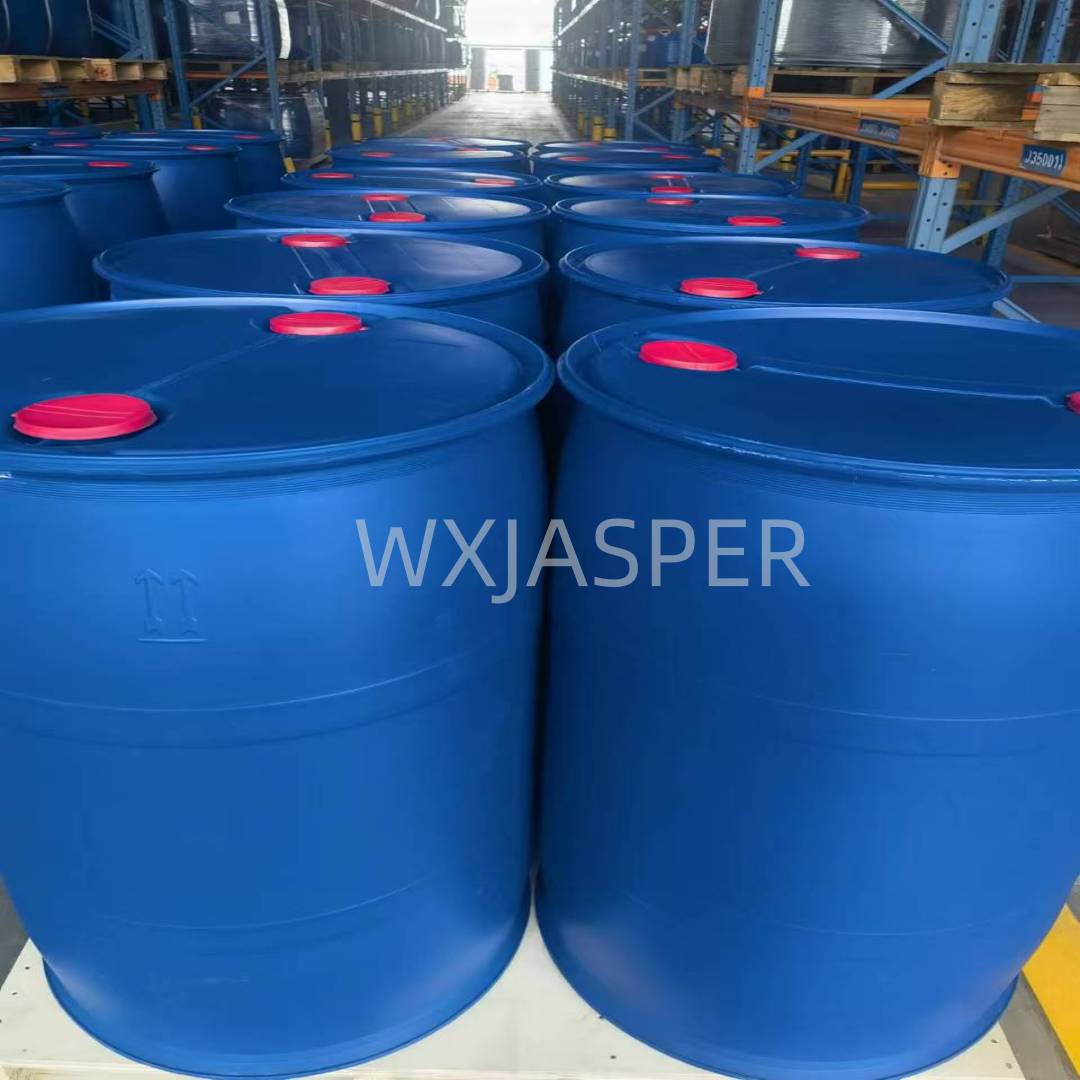Your Location:Home > Products > Solvents > Lauryl Dimethyl Amine Oxide CAS:1643-20-5



CasNo: 1643-20-5
MF: C₁₂H₂₅N⁺(CH₃)₂→O
Appearance: liquid
Delivery Time: 15 days
Packing: 200kg/drum
Purity: 30%
Basic Information
|
Model NO. |
1643-20-5 |
Density |
0.968 G/Ml |
|
Type |
Synthesis Material Intermediates |
Solubility |
H2O: 50 Mg/Ml |
|
Quality |
Industrial |
Water Solubility |
13 G/L |
|
Transport |
by Sea |
|
Colorless to Pale Yellow |
|
Transport Package |
Drum |
Origin |
China |
Product Description
Product name: Lauryl Dimethyl Amine Oxide
Molecular Formula:C12H25N(CH3)2O
Product Application
1. Can be widely compounded with anionic, cationic, nonionic and amphoteric surfactants, which can significantly improve the overall performance of the product.
2.Has good thickening, antistatic, softening and detergency properties.
3.Excellent washing performance, rich and stable soaked rice, mild in nature.
4.It can effectively reduce anions in detergents, and has the characteristics of sterilization, calcium soap dispersion, and easy biodegradation.
Packaging
Usually packaged in 200 - L plastic drums, with a net weight of 200 kg per drum. It can also be provided in other packaging sizes according to customer requirements, such as 50 - L plastic barrels.
Storage
Should be stored in a cool, dry, and well - ventilated place, away from direct sunlight and heat sources. Avoid storage in areas with high humidity to prevent product deterioration. The shelf life is generally 1 - 2 years under proper storage conditions.